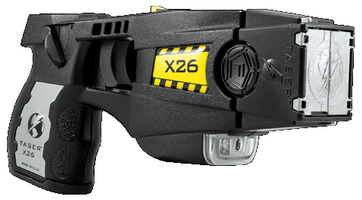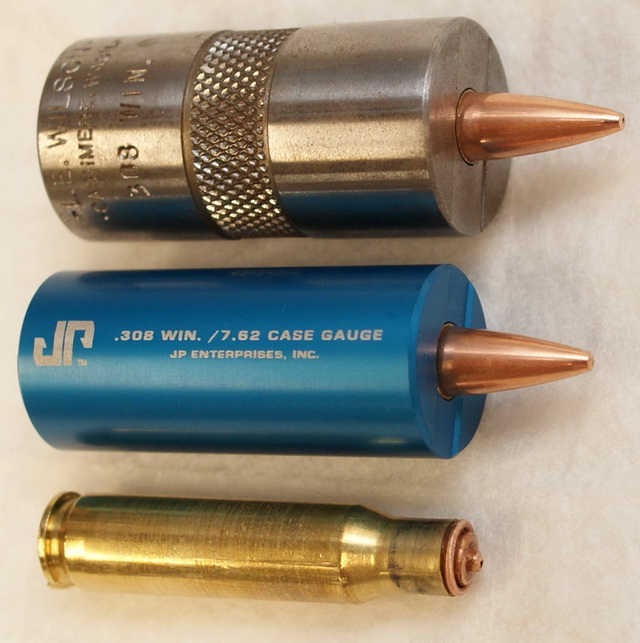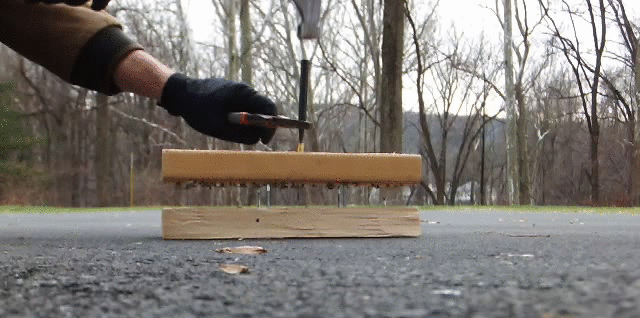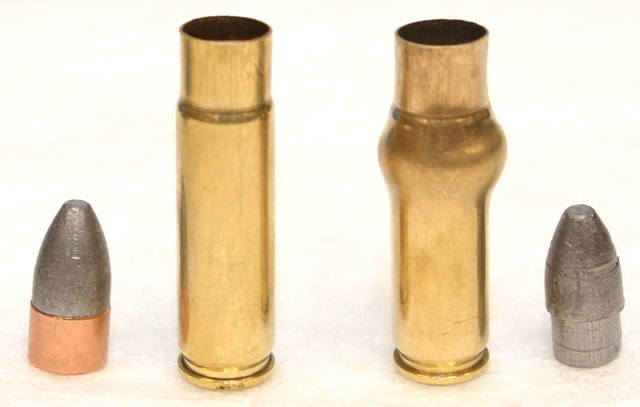I managed to get some excellent answers from an experienced Hollywood armorer. My inquiry:
I was curious to talk to armorers on top-budget productions because (like many gun enthusiasts) I don’t understand how so much bad gun use makes it onto the set, much less the screen. Especially by the time they’ve invested in bringing NFA items and real blanks into the production.
The simple form of my question is: What input, if any, does or can an armorer have into a scene, both in development and in production?
For example, in storyboarding are the actual style or even model of guns specified? Is the armorer included in any of that? Or does the armorer not get called until production with something like, “Bring a big, shiny revolver.”
Is the armorer ever consulted for reality checks? Like during choreography is he asked, “How would a trained operator manipulate this particular gun?” Or is he just supposed to tell the actors and directors what they can’t do for safety’s sake and otherwise stay out of the way?
Is the armorer’s input ever welcome? E.g., if he has just supplied a bolt gun and he sees the scene is going to be cut so that it appears to be running like a high-capacity autoloader what happens if he says, “Hey guys, let me give you a gun that would work better here?”
The answer is … it depends. Every production is different.
The whole thing begins with a script. This is the very first thing I ask for, long before we have talked about schedules, budgets or firearms options.
When I break down the script, I look at the firearms and I look at what would make sense for the character and their backstory. Crooks get different guns than cops; crooks that are ex-military get different guns than street hoods; crooks that have money get different guns than crooks who found something in a drawer.
The guns are characters in the story too, and they have their own personalities and backstories themselves. They are not accidental or random choices; they always need to make sense.
By the way, we basically ignore what the writer puts in the script. I hate it when someone searches the internet for something that looks cool but doesn’t make sense. To me, when the character “pulls a handgun from his waistband,” that’s all I need. If the writer puts down that the character pulls a “.44 Magnum Desert Eagle from his waistband” then I ignore it as someone who knows the writer doesn’t have a clue about guns and how difficult it is to even get a blank-firing Desert Eagle to work properly with a 20 pound slide, let alone how unpopular I am going to be with the actor when they are forced to carry this huge monstrosity through the entire movie. (In their waistband? Hahaha.)
I will then come up with suggestions and show the options to the director and propmaster. All prop decisions are made in full consultation with the propmaster, the weapons handler, the director, the producers, and the art director. There are so many factors that go into the final decision. It is not all about the look. It is also about cost, time and availability.
From that point onward, it highly depends on the size of the budget and the care that the director wants in a scene. In some cases, I will work hours or days with an actor, getting their actions to be believable. In other cases, the director wants me to show up, hand the cast a big shiny revolver, keep them safe and go home.
When possible, I will work with the actor on both the blank-firing firearms and real firearms. It is something they get to do rarely and it makes a huge difference in how they approach safety and their character’s handling skills.
I will also work with the props crew on making sure all the equipment is on the right spot for the cops, and will help outfit everyone from actors to extras. Other times, they bring me in only to handle the firearms that will fire blanks and it is way too late to fix mistakes in equipment placement or techniques.
Some directors want perfection and I will work for a long time making someone look real. (On the Sam Jackson movie I just finished, I spent over four hours working with an actress getting the right look for a five-second scene.)
Other times they don’t care and won’t pay for any more than show up and keep people safe.
So sometimes we have almost total control of what firearms to use and how to use them, and other times we have little to no input beyond keeping people safe. If a director wants it done in a certain way and I know it is wrong, my response is to deliver the scene the way they want it shot. If they want to pay me and listen to my input on technical accuracy – no problem; that’s what I do. If they just want me to show up and stay out of the way unless it’s a safety issue, that’s what I do too.
While you would think my job was to keep the cast and crew safe, the reality is that I am there to not only keep them safe but to make sure they feel safe. This is why the firearms expert is often low key, quiet, confident and knows how to get along with everyone. They are never the ex-SWAT or ex-military bravado “operators” because it is all about inspiring quiet confidence so the actors can concentrate on their jobs.
This is one of the reasons why I get along so well with the actors I work with (and why they have trusted me to work with some of the top names in Hollywood in a career spanning over 20 years.)
Here is the bottom line: if an actor makes a mistake, they get another take. If the firearms expert makes a mistake, you will read about it in a thousand newspapers in the morning. I don’t make mistakes.
And if you are truly interested in why you see so much bad handling and poor techniques in films and TV shows, I can tell you. We don’t make movies for gun enthusiasts; we make movies to entertain the audience. If any kid can learn the correct way to hold a gun and shoot someone with it for the price of a movie ticket, that kind of defeats the purpose of the training I do for the “good guys.” (Yes, I train real military, police and SWAT when I am not training actors.) So, yes, many times those aren’t “mistakes.” We do it on purpose.
You note that sometimes the producers go out of their way to involve you, to get the gun “characters” right. If a production is paying attention to getting the weapons right is the armorer typically the guy they consult, or is it common for them to use other “tactical” consultants to specify guns and choreography and just use the armorer for props and safety?
Everyone works together as a team. Technical consultants can have as little or as much say in the selection as I do. However, generally, technical consultants do NOT have input on firearms because firearms are the responsibility of the props department. They never fall under stunts, special effects or special talent (such as technical advisers.) On the other hand, smart props people use the resources at their disposal to get the best product they can, within the bounds of time and money.
I understand that the primary objective of a production is to entertain, and that explains a lot of the classic gripes – guns with bottomless mags, suppressors that make funny noises and spout fireballs, guns used for their looks without regard to their function, dramatic instead of tactically correct choreography. I can also appreciate your last comment: you’re not working for Panteo productions. But some of the oversights are so grating I just can’t understand how anybody close to a serious production can let them happen.
You are talking about post production, in which we have zero control. Editors take thousands of hours of footage and edit it down to 90 minutes. They can take 40 to 80 takes of the same scene and use the various wide-shots, close-ups and insert shots to construct the scenes. When we film those various takes, the director always wants lots of options, and they do it a variety of different ways. They could take a bit from this take and a bit from that take. This is how you end up with double-barrel shotguns that fire eight rounds without reloading. Editors know nothing about firearms and they will never hire me to help with the editing because they cut for the look, not the technical accuracy.
Sound designers and sound effects editors are the same. They will throw in a shotgun pumping sound, no matter the type of action, and sounds they think the audience needs to hear instead of the actual sounds. (Actual gunshots are NEVER used because they would sound like nothing in the theatre; everything from the muzzle flashes to the gun shot sounds must be punched up for the audience.)
Once it leaves the actual set, it is totally out of our hands. This is why one can NEVER blame the on-set crew for what gun enthusiasts perceive as “mistakes,” simply because it could be done in editing; it could be done in the sound rooms; or it could be done simply because that’s the way the director, producers and editors wanted it.
As for choreography, this is why I never work with real SWAT teams to film SWAT sequences. They want to argue every step and tell everyone that they wouldn’t do it this way. But we need to see the faces of the characters and we need to see their expressions and hear their dialogue. The choreography will NEVER be correct because it’s not a training video. Gun enthusiasts need to let that go.
One recurring feature that has been driving me crazy for years is the cops or agents walking into an armed confrontation carrying nothing but handguns, even though we know that they’d have long guns in their cars. This happens in big-budget productions that can obviously afford NFA props because often the faceless tactical teams following the stars are carrying them. But time after time the stars lead the charge with handguns. Can you please explain why this happens?
Two simple answers. The film you are watching today was made two to four years ago. Long arms and patrol rifles were still new to most police officers four years ago.
(In fact, they are still new today. In spite of what you read in the American gun magazines, fewer than one third of uniformed police officers in North America have access to patrol rifles in their marked cars. Fewer than 10% of plainclothes officers have access to patrol rifles OR shotguns in unmarked cars.)
The second reason is that rifles and shotguns obscure faces. You will see them on the extras but almost never on the main characters.
Just remember, we are entertaining an audience. We are not making training videos.
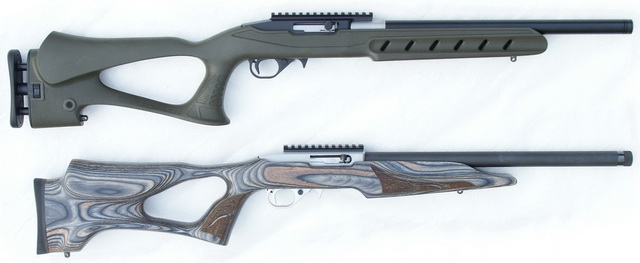




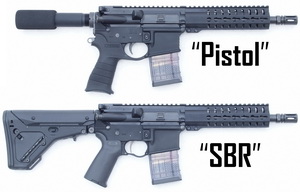
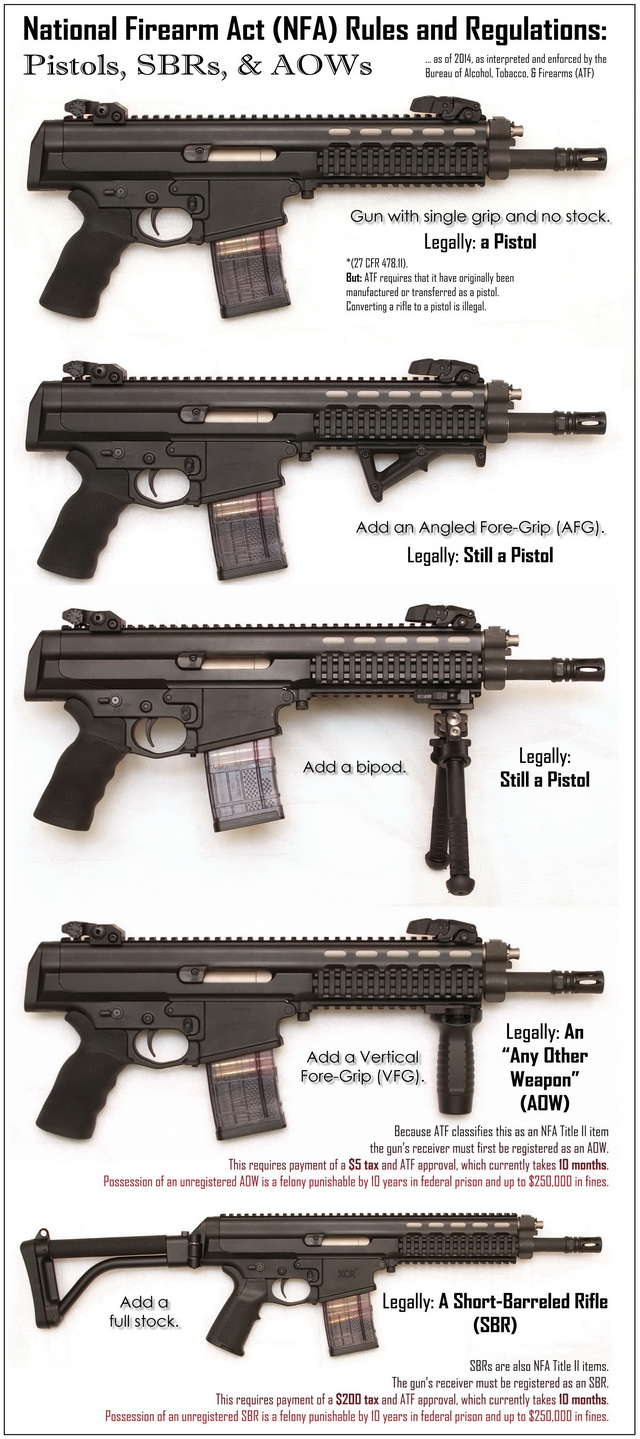
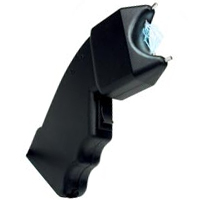 Basic electroshock weapons are often misleadingly called stun guns. They create a high voltage charge between two electrodes. When pressed against a conductor like human skin low current flows through the conductor between the electrodes. The current triggers pain receptors, so the victim feels extreme pain, but the sensation is localized to the area between the electrodes. The shock may be startling, but its effects are limited to the individual’s reaction to pain. A typical person will recoil from the shock and try to avoid continued contact. An angry person might just get more angry.
Basic electroshock weapons are often misleadingly called stun guns. They create a high voltage charge between two electrodes. When pressed against a conductor like human skin low current flows through the conductor between the electrodes. The current triggers pain receptors, so the victim feels extreme pain, but the sensation is localized to the area between the electrodes. The shock may be startling, but its effects are limited to the individual’s reaction to pain. A typical person will recoil from the shock and try to avoid continued contact. An angry person might just get more angry.